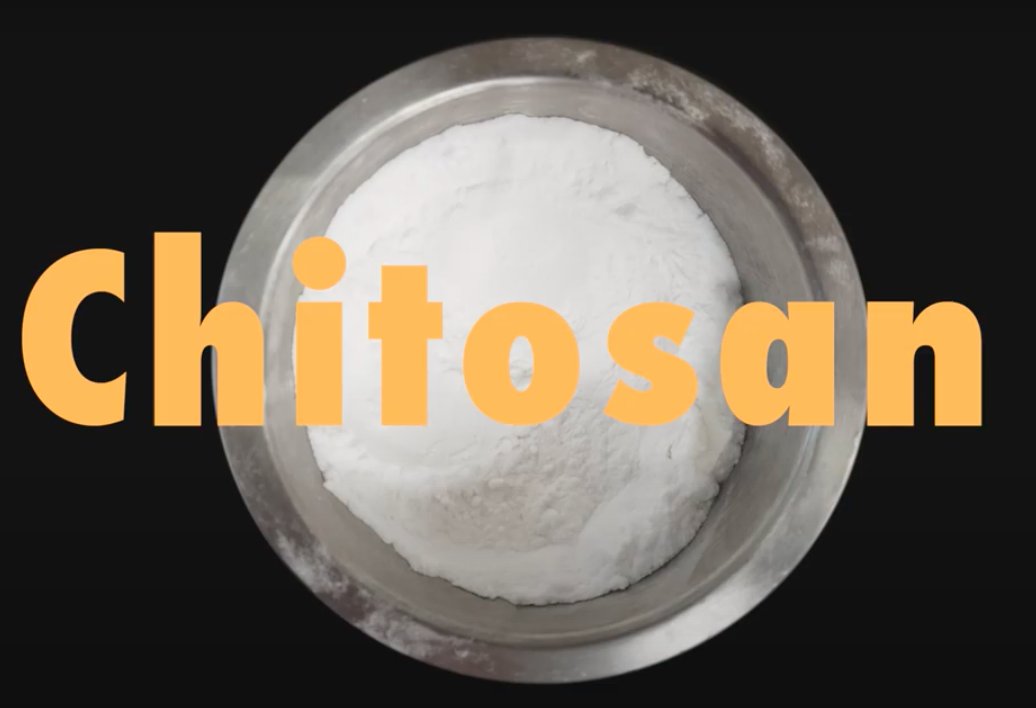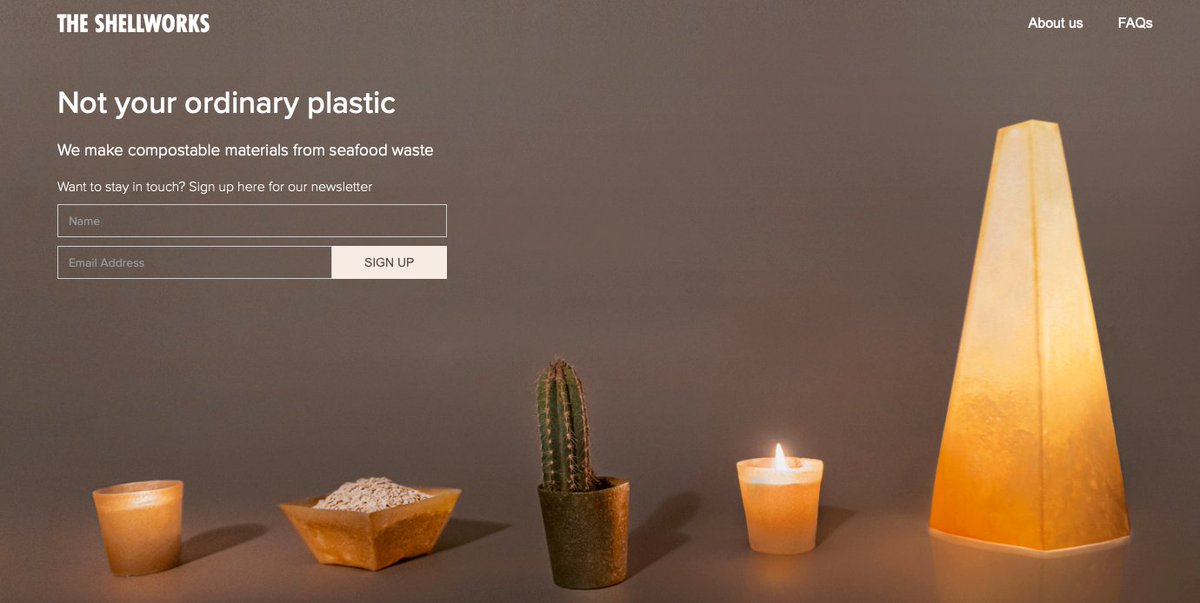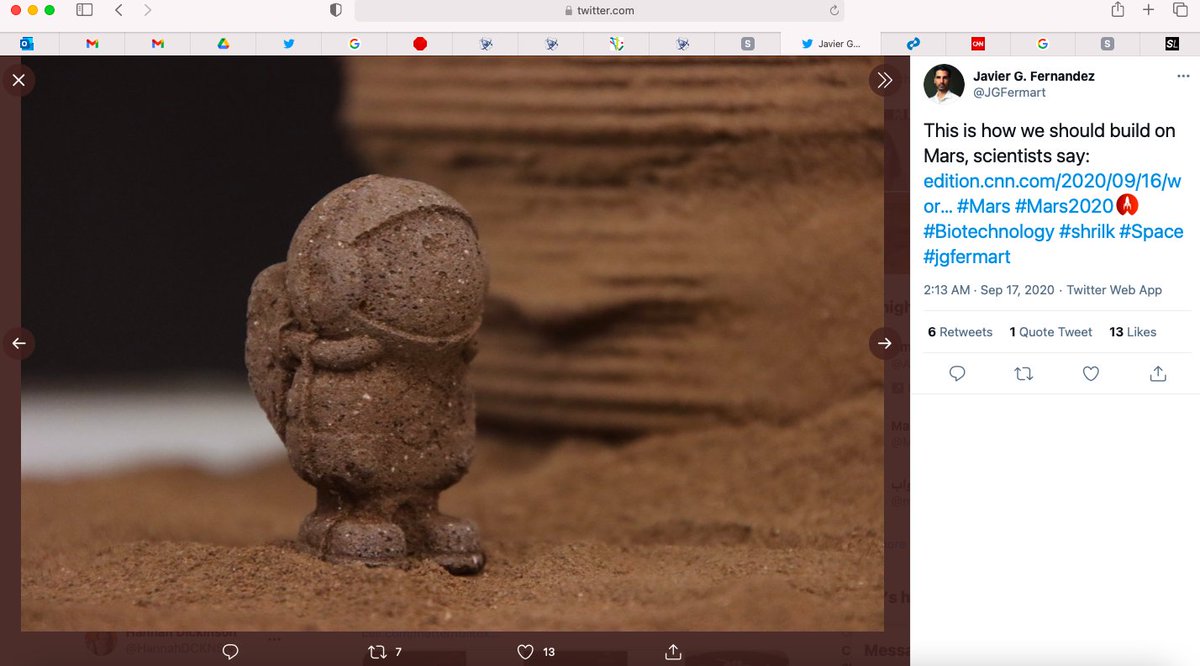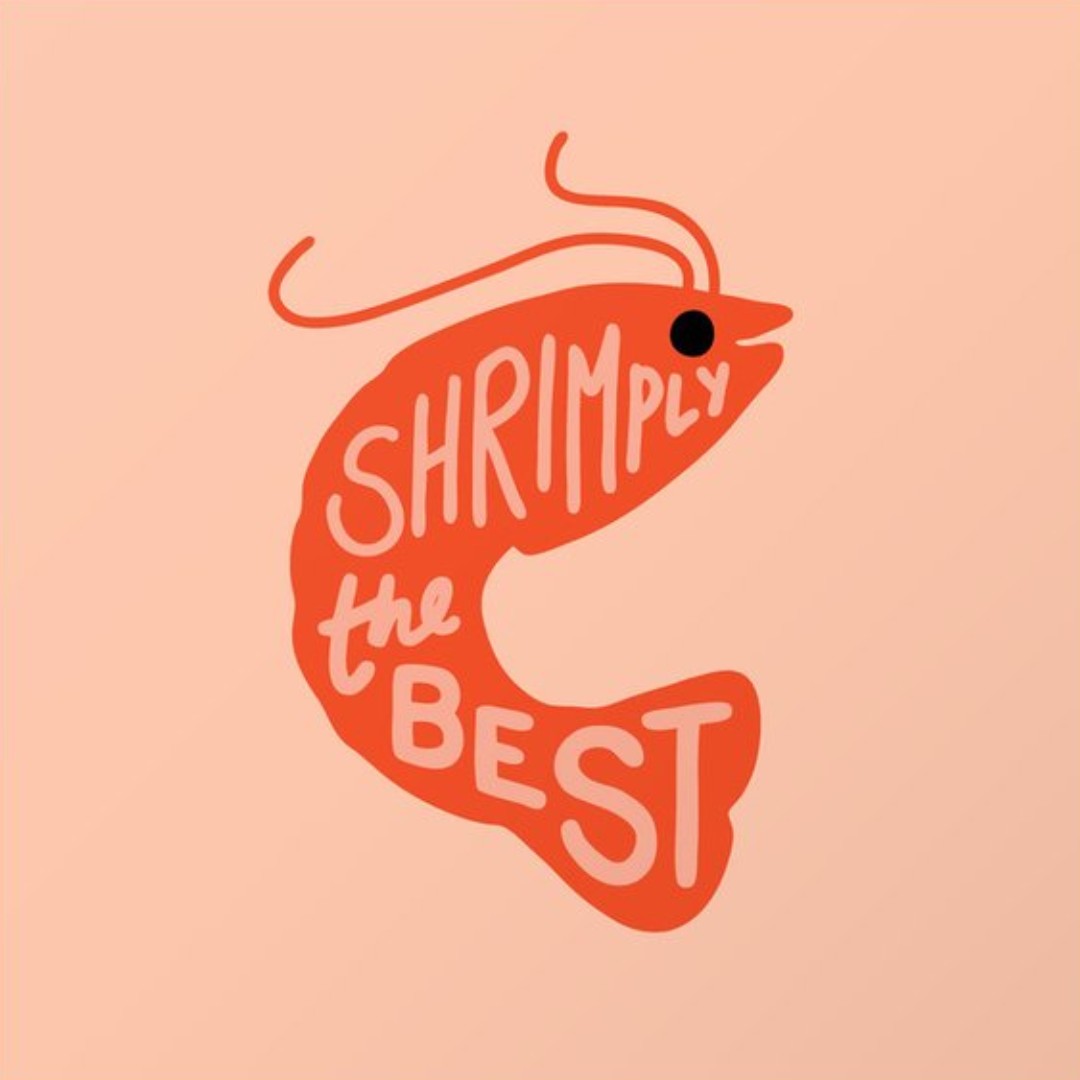Today is #NationalShrimpDay, which gives me the opportunity to write a thread about my current postdoc research on shrimp, shrimp shells, and shrimp derived biomaterials with the @CEntanglements project. Get ready to never see shrimp in the same way again... (1/9)
Globally we produce 6-8 million metric tons of shellfish waste p/year. Up to 48% of shrimp raw material is discarded, and the improper disposal of shrimp shells is an ecological problem that continues to grow in tandem with increasing shrimp production and consumption. (2/9)
What to do about this waste stream? Traditionally shrimp shells have been used as a rudimentary fertiliser, but since the 1970s attention has been focused on producing chitosan from shrimp shells. Chitosan has been called “the greatest biomaterial on earth” (3/9)
Chitosan is found in crustacean shells, butterfly wings and in funghi, but is most readily available via fisheries waste. It has an insane no. of properties that make it extremely valuable to the biotech, biomedicine, pharma, agriculture & industry sectors (4/9)
It is antibacterial, antimicrobial, a coagulant, chelating, biocompatible, biodegradable. Widely used for eco-pesticides/fertiliser, waste-water treatment, and bandages. Scientists say chitosan can potentially solve a huge range of socio-ecological health issues and crises (5/9)
A cure-all for human bodies (cancer, cholesterol, antibiotic resistance, obesity, wounds) chitosan is also poised to transform production processes: turning waste from the shrimping industry into a productive bioplastic commodity that could displace petroleum-based plastics (6/9)
Entangled in defence and warfare, chitosan bandages were first used in Iraq and Afghanistan. Now the US Dept of Defense is funding research into using chitosan to produce 3D printed coatings that will protect soldiers from bullets, lasers, toxic gas and other projectiles (7/9)
Life on Mars? Chitosan might be the answer! Researchers are currently investigating how chitosan can be used as the basis of materials and the circular closed-loop systems needed for humans to survive in space (8/9)

 Read on Twitter
Read on Twitter







